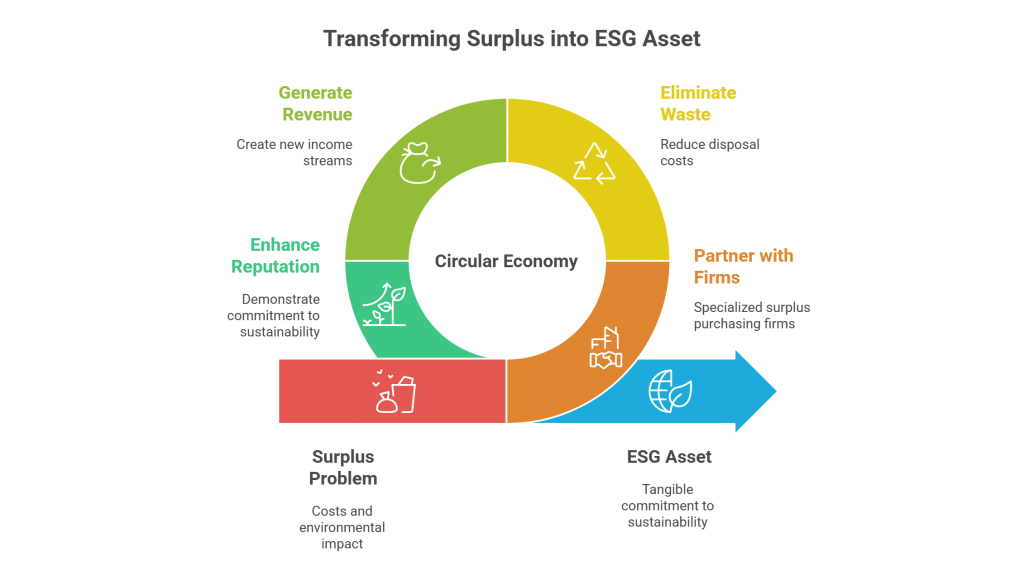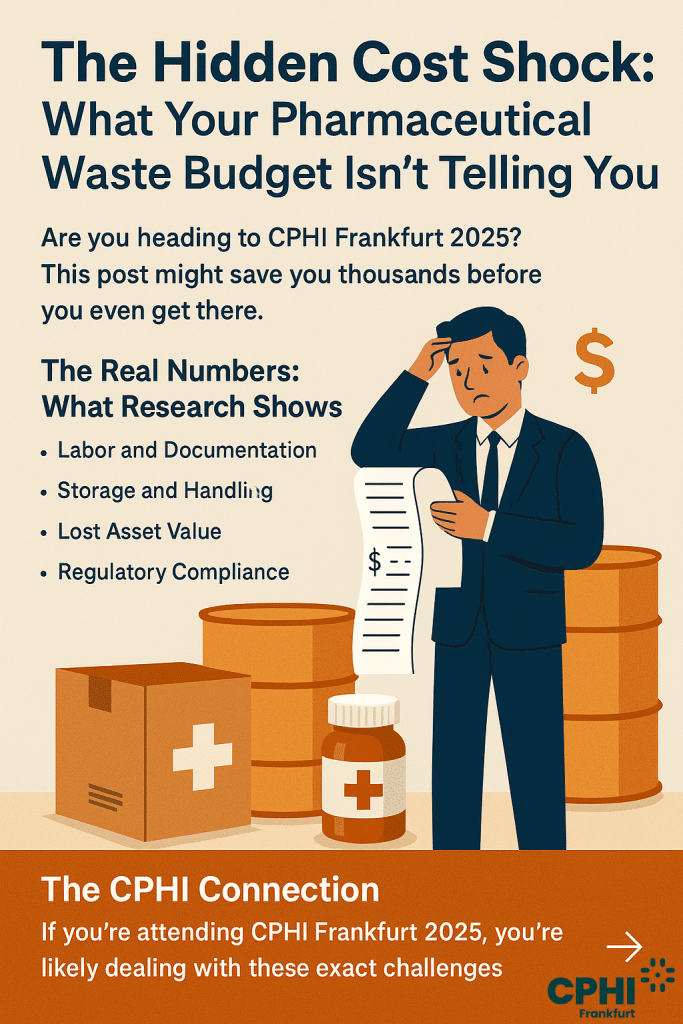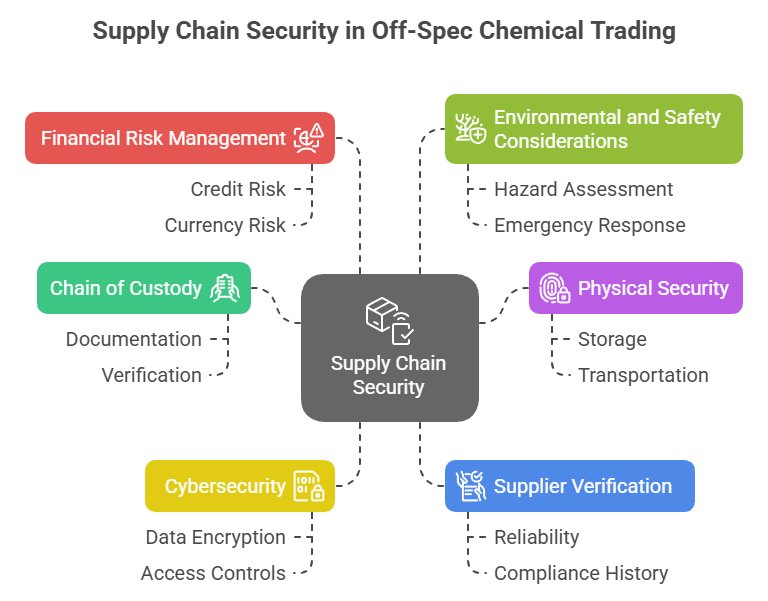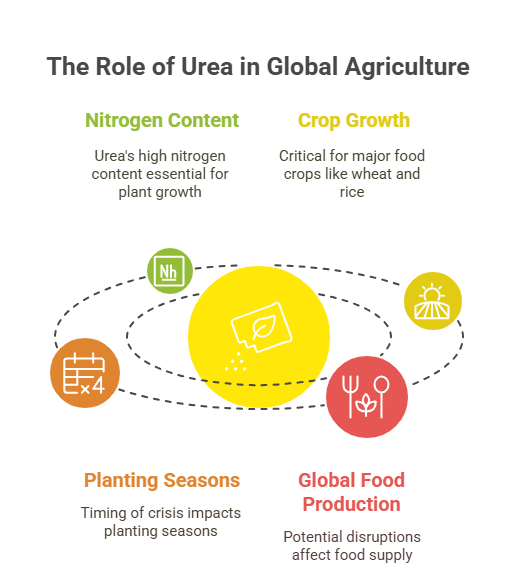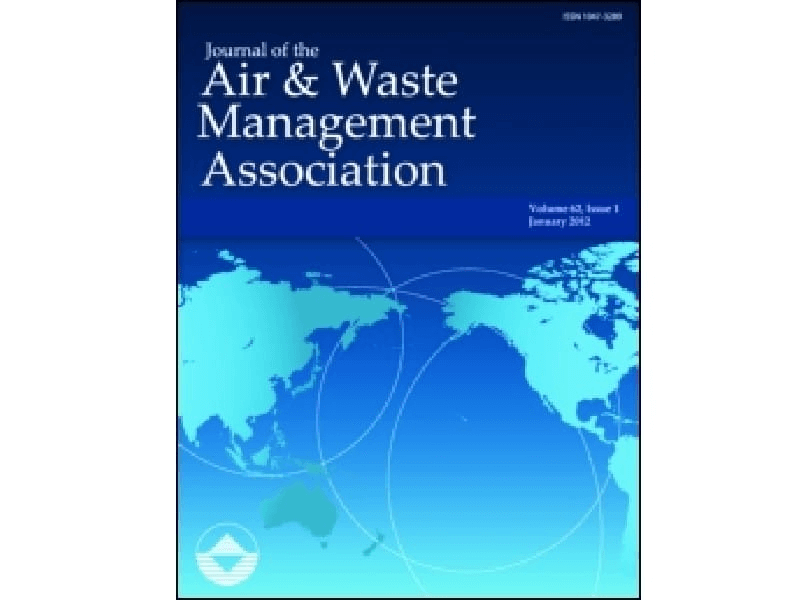Discover the Potential of Surplus Disodium Inosinate in the Food and Industrial Sector
Disodium Inosinate, a widely recognized flavor enhancer known by its E-number E631, plays a crucial role in the food and industrial sector. As a specialty chemical, it enhances the umami taste and intensifies flavors in processed foods and snacks, making it an essential ingredient in numerous recipes. When available as surplus inventory, this chemical offers an exceptional opportunity for businesses to recover investment costs while ensuring safe handling and storage.
Disodium Inosinate in Food & Industrial Applications | Surplus Chemical Trading
Buying and selling surplus Disodium Inosinate not only promotes cost savings but also reinforces sustainability principles. Excess chemicals when managed efficiently can alleviate storage pressures, cut down on waste, and even generate profit through resale. By turning unused inventory into valuable assets, companies can avoid expensive disposal fees and circumvent stringent regulatory penalties, while also contributing to a greener, eco-friendly industrial practice.
Industry Applications of Disodium Inosinate in the Food & Industrial Sector
For buyers, acquiring surplus Disodium Inosinate translates into significant cost savings and guaranteed consistent quality for production needs. Reduced pricing on high-quality chemicals supports innovation in product development while backing sustainability credentials by reducing waste.
Sellers benefit by unlocking the hidden value of surplus inventory. Liquidating excess Disodium Inosinate not only recovers storage costs and minimizes the risk of chemical degradation but also transforms potential waste into a revenue stream, all while aligning with environmental sustainability mandates.
Table of Contents
Transforming Surplus Inventory into Profit: A Real-World Success Story
A leading food manufacturer recently tackled the challenge of excess Disodium Inosinate by participating in a surplus chemical trading program. Instead of incurring high storage and disposal costs, the company sold its surplus inventory at a competitive market rate. The proceeds were reinvested to enhance production capabilities and further innovation in flavor development. This move not only improved their cash flow but significantly boosted their sustainability credentials, demonstrating how effective excess management can yield both economic and environmental benefits.




